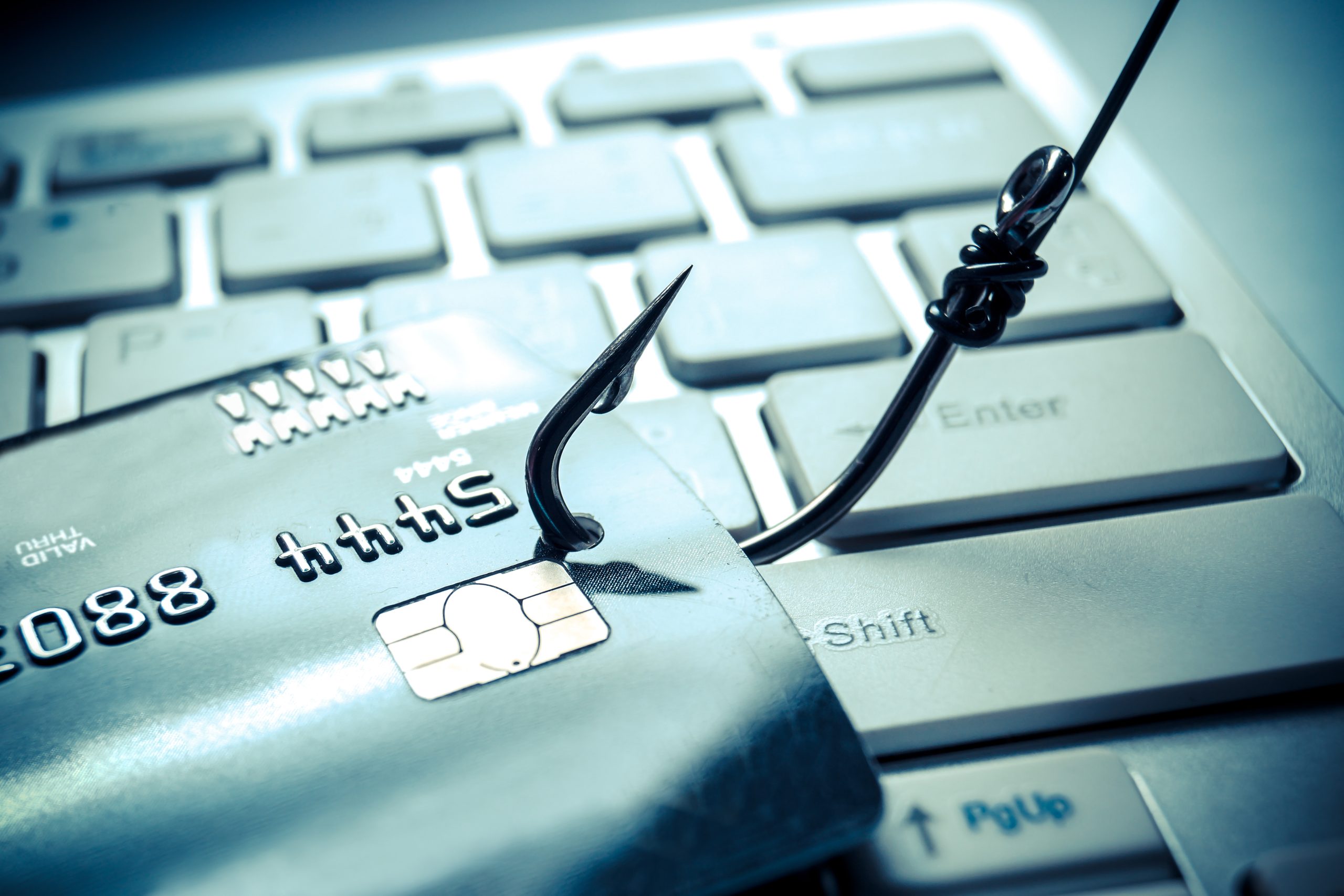Phishing
You deserve IT consistency with a LOCAL human face!

Phishing is a type of cyber-attack where attackers trick individuals into providing sensitive information such as passwords, credit card numbers, and other personal information. They do this through emails, text messages, or phone calls that appear to be from legitimate and trustworthy sources.
Email Phishing
This is the most common type of phishing attack. Attackers send emails that appear to be from legitimate sources, such as banks, social media platforms, or online retailers, asking for personal information or directing recipients to click on a link that leads to a fraudulent website.
Spear Phishing
This type of phishing attack targets specific individuals or organizations with personalized messages. The attackers use the victim’s personal information, such as their name, position, or other relevant data, to gain their trust and convince them to share sensitive information.
Smishing
Smishing is a phishing attack that uses text messages to target victims. Attackers use short messages that contain links to fraudulent websites or ask for personal information.
Vishing
Vishing is a phishing attack that uses voice calls to target victims. The attackers pretend to be from legitimate organizations, such as banks or government agencies, and ask for personal information or instruct the victim to perform specific actions, such as downloading software or visiting a website.

